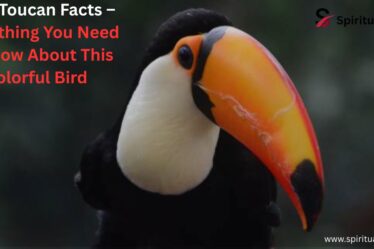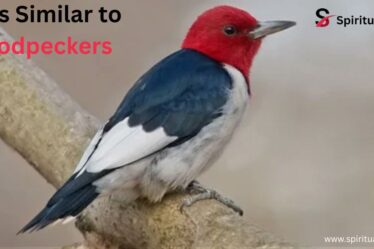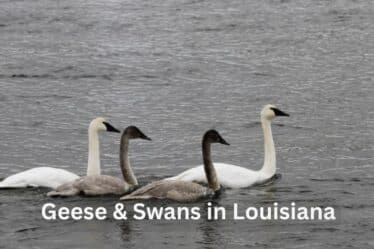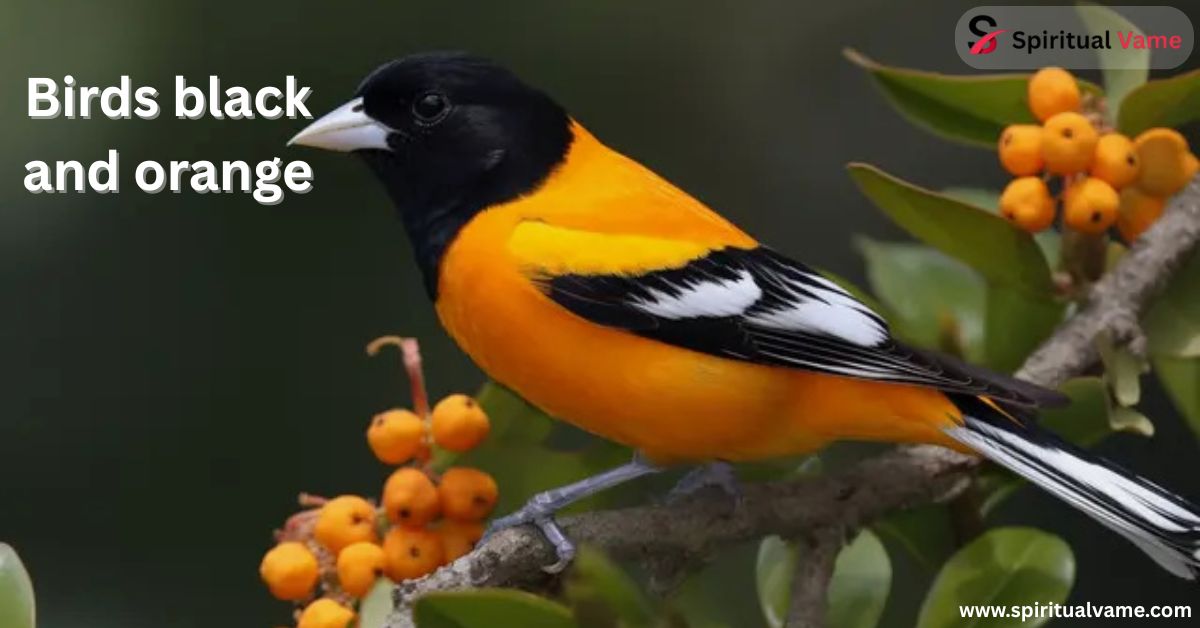
In the vibrant world of birdwatching, one of the most eye-catching sights is seeing birds black and orange. These birds stand out because of their unique color combinations that make them easy to spot and exciting to learn about. Among these, black birds with orange beaks are especially interesting. Their appearance is not only beautiful but also serves purposes such as attracting mates or blending into their environments. These birds can be found all around the world, including in the United States.
Birds with striking orange and black plumage catch attention wherever they go. For example, the Baltimore Oriole shows off a bright orange chest and black head and is often seen across Minnesota during the summer. Another favorite is the American Redstart, a small warbler with bright orange patches on its wings and tail. The Blackburnian Warbler, with its fiery orange throat and black-and-white feathers, is another treasure often seen during migration. These birds are not only pretty to look at—they help nature by pollinating flowers and eating insects that can harm plants.
Physical Characteristic
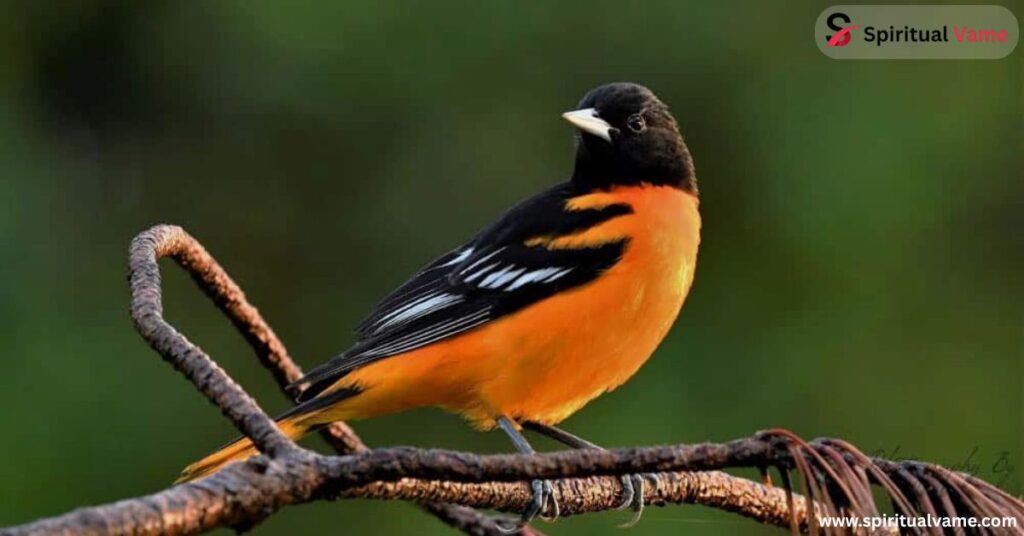
Most black birds with orange beaks or orange feathers are medium in size, though some, like the Toco Toucan, are much larger. These birds have feathers that are mostly black, which makes their orange beaks or markings stand out even more. The color contrast helps them recognize each other and can also confuse predators. Their beaks can be short and sharp, long and curved, or large and thick, depending on their food needs.
Their orange features are not just for looks. For example, the Toco Toucan uses its large orange beak to help cool its body and reach fruit on faraway branches. Some birds, like the Black-and-gold Cotinga, use the brightness of their beaks and feathers to attract mates. In many cases, males are more colorful than females because they need to stand out more during mating season.
Geographic Distribution
Black birds with orange beaks and orange and black birds are found across many parts of the world, including Asia, Africa, North America, and South America. In the United States, birds like the Baltimore Oriole, American Robin, and Red-winged Blackbird are common during the warmer months. These birds travel in search of food and suitable places to raise their young.
Other birds like the Toco Toucan live in tropical forests of South America, while the Crested Auklet can be found in the colder coastal areas of the North Pacific. Some birds, such as the Eastern Towhee and Spotted Towhee, are more localized in the U.S., preferring brushy areas and woodland edges. Migration plays a big role in where these birds are seen during different seasons.
Habitat Preferences
The habitats of black birds with orange beaks and birds with orange and black feathers vary greatly depending on the species. Some, like the American Robin, prefer suburban gardens and open lawns. Others, such as the Blackburnian Warbler, live high up in forest trees and are most often seen during migration. Tropical birds like the Hornbill and Black-and-gold Cotinga live deep in rainforests where they feed on fruits and insects.
All Seasons Wild Bird Store recommends placing feeders near wooded areas or gardens to attract these vibrant birds. Many of them love places with tall trees, water sources, and plenty of insects or fruits. For example, the Baltimore Oriole often nests in tall deciduous trees, while birds like the Snail Kite are found near wetlands where they can hunt snails.
Feeding Habit
The feeding habits of birds black and orange depend on their size, beak shape, and habitat. Many of them are insectivores, meaning they eat insects like beetles, caterpillars, and spiders. Others prefer fruit, seeds, or even nectar. The Toco Toucan uses its large orange beak to pick fruit from trees, while the Inca Tern catches fish with its slender bill.
To attract these birds to your garden, consider placing sliced oranges or nectar feeders. The Baltimore Oriole and Orchard Oriole are especially fond of sweet fruits. You can also use suet or seed mixtures to bring in birds like the Red-winged Blackbird. According to birdieexpert.com, offering a shallow birdbath can also help bring insect-eating birds like the American Redstart closer to your home.
Orange and Black Birds | 12 Popular Species in the World
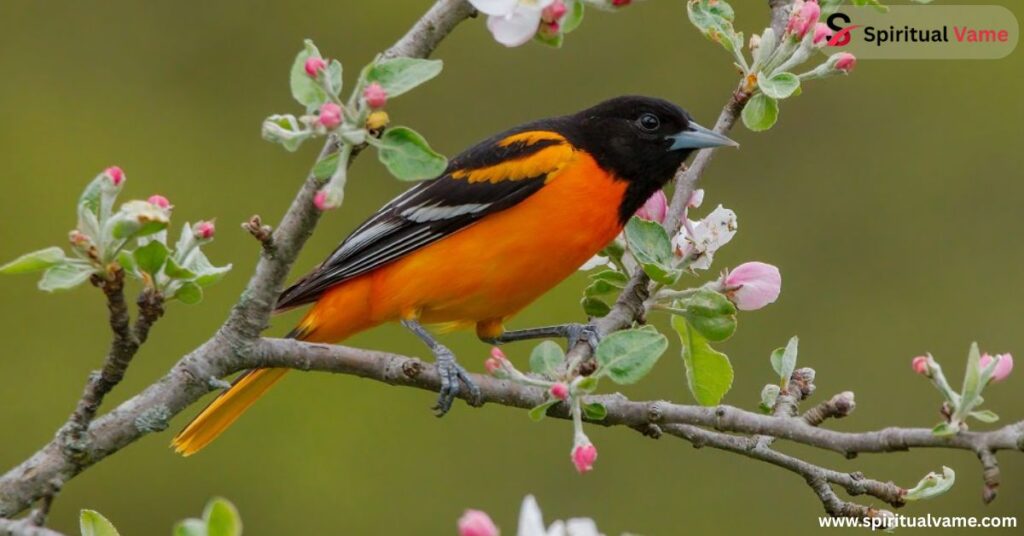
1. Altamira Oriole
The Altamira Oriole is known for its bright orange body and black wings. Native to the southern parts of Texas and Mexico, this bird enjoys living in open woodlands and along riverbanks. It has a loud and cheerful voice and sings in long, melodic whistles. The Altamira Oriole is usually seen alone or in pairs, especially during breeding season. These birds often nest high in trees, weaving long hanging nests. They are curious about humans and may come to feeders with fruit or jelly.
2. American Robin
The American Robin is one of the most common and familiar birds in the United States. It has a rich orange chest, dark gray back, and a yellow-orange bill. It is found year-round in many states and is often the first bird seen in spring. Robins eat insects, worms, and berries and are known for their early morning songs.
3. Baltimore Oriole
The Baltimore Oriole is famous for its bright orange belly and black head. It sings a sweet, flute-like song and often builds hanging nests in tall trees. Orioles are usually shy but may visit feeders with oranges or grape jelly. They are seen in much of the U.S. during spring and summer and then migrate south.
4. Blackburnian Warbler
This small songbird has a flaming orange throat, black upperparts, and white belly. The Blackburnian Warbler lives in forests and is seen mostly during migration. Its high-pitched song is often heard before the bird is seen. It flits through treetops searching for insects and usually stays away from people, although birdwatchers admire it from a distance.
5. Black-headed Grosbeak
This bird has orange underparts, a black head, and white wing bars. It has a strong, rich voice and sings long songs to claim territory. The Black-headed Grosbeak prefers wooded areas and feeds on seeds, fruit, and insects. It may visit feeders and is not afraid to be around humans.
6. Bullock’s Oriole
The Bullock’s Oriole has a deep orange body and black crown. Found in the western U.S., it sings sweet, musical phrases and builds unique hanging nests. This oriole is social during the breeding season and visits backyards with nectar feeders.
7. Eastern Towhee
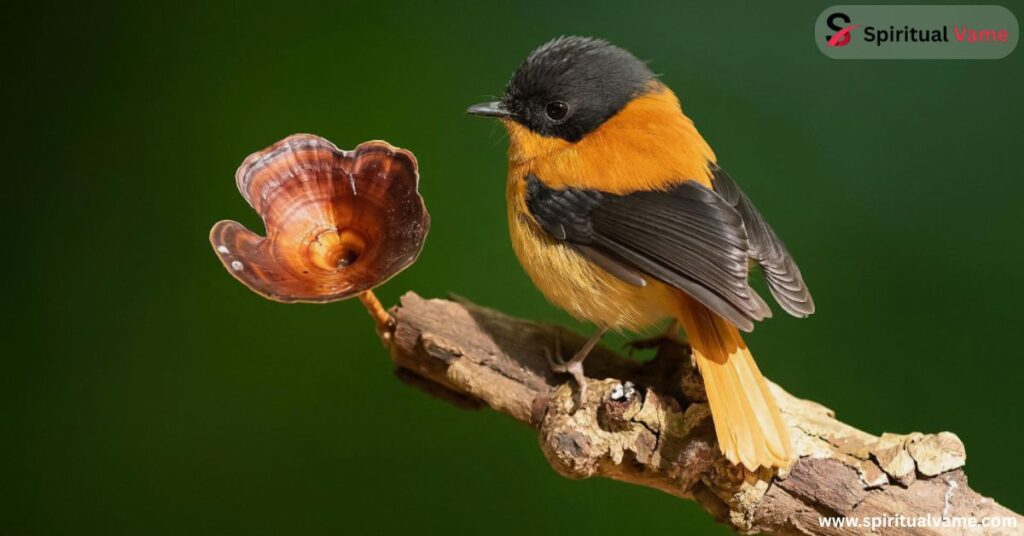
The Eastern Towhee has a black head and back with orange sides. Its sharp “chewink” call is common in brushy areas. These birds often scratch the ground for food and live quietly in shrubs. They are seen in many parts of the eastern U.S.
8. Orchard Oriole
Smaller than the Baltimore Oriole, the Orchard Oriole has chestnut-orange underparts and black head. It sings a fast song and is often found near water or in orchards. It sometimes visits feeders and helps control insect populations.
9. Red-winged Blackbird
With black feathers and red-orange shoulder patches, the Red-winged Blackbird is found across the U.S. It sings a loud “conk-la-ree” and is very protective of its territory. It feeds on seeds and insects and nests in marshes and wetlands.
10. Spotted Towhee
The Spotted Towhee has black upperparts, white spots, and orange sides. It has a scratchy call and prefers to forage on the ground. These birds are shy but may be seen in gardens with thick shrubs.
11. Western Tanager
The Western Tanager is bright yellow with an orange-red head and black wings. It sings a simple, burry tune and likes pine forests. Though it rarely visits feeders, it is admired during spring and summer.
12. Black-and-Orange Flycatcher
This rare bird has a black back and orange belly. Found mostly in India, it sings softly and lives in shaded forests. Though shy, it plays a role in eating insects and keeping forest life balanced.
Orange & Black Minnesota Birds
Minnesota is home to several stunning orange and black birds. The Baltimore Oriole and American Redstart are commonly seen in the summer. The Blackburnian Warbler also passes through during migration, decorating treetops with its fiery orange throat. These birds not only bring color but also help the ecosystem by spreading seeds and eating harmful insects. Bird lovers can visit forests, wetlands, or set up feeders in their backyards to attract these beautiful visitors.
Conclusion
Orange and black birds are not only a delight to see but also important members of their ecosystems. They help control insects, spread seeds, and even pollinate flowers. From the forests of South America to the backyards of Minnesota, these birds bring color and life to every landscape. By learning about them and protecting their habitats, we can enjoy their beauty for generations to come.

